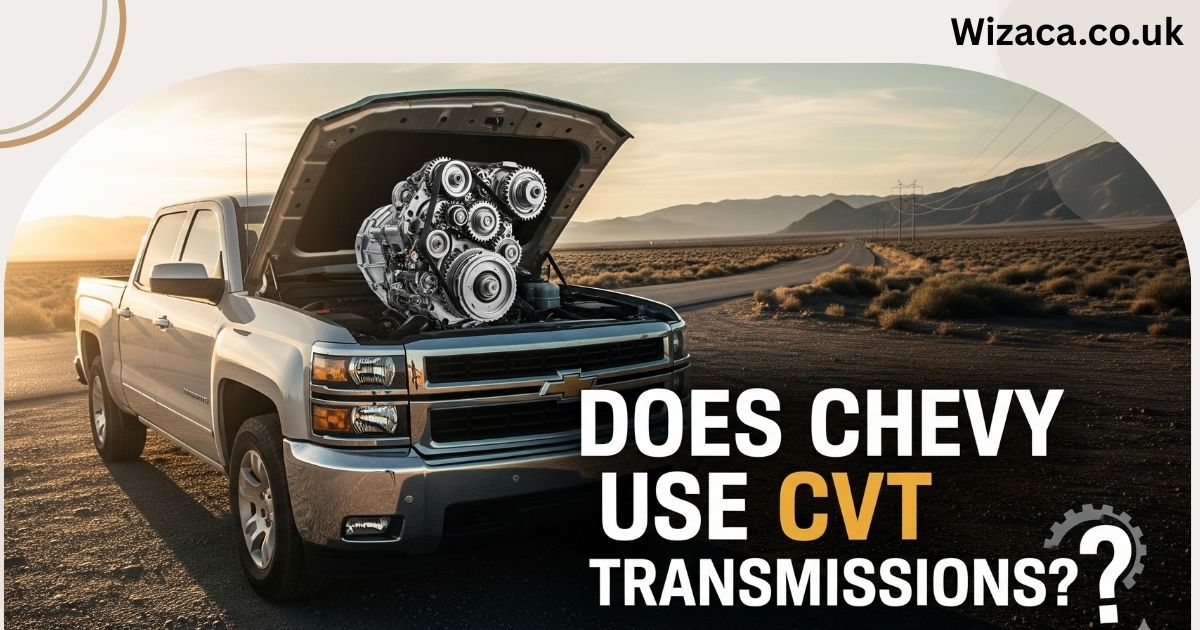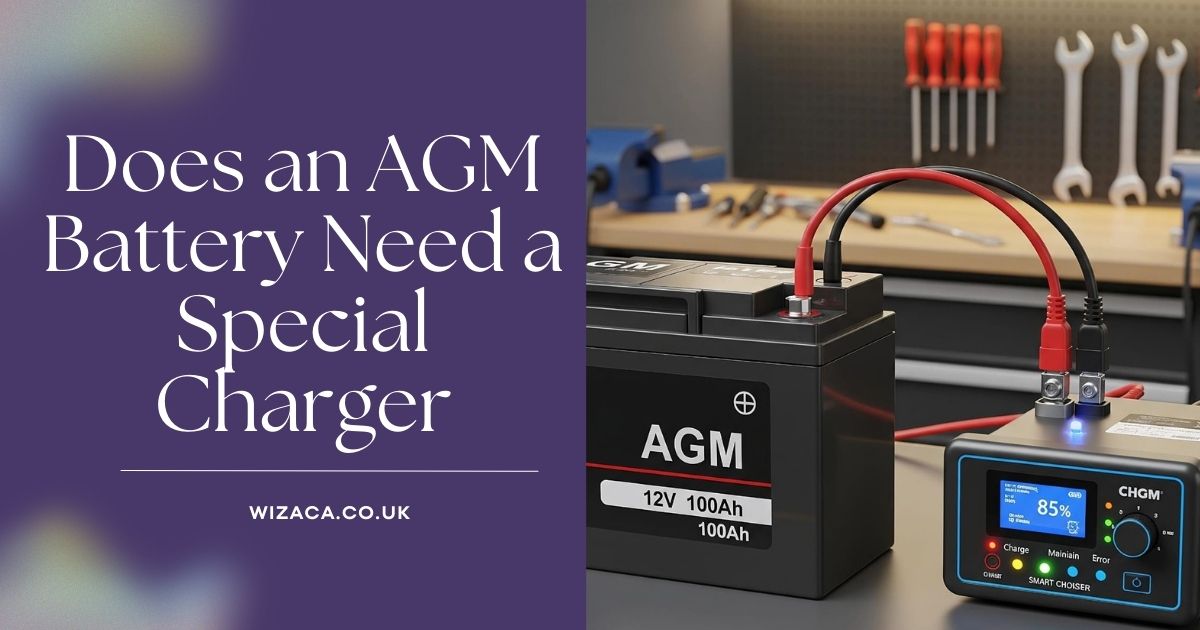Yes, certain types of car batteries, specifically lead-acid batteries, do need water to function properly. Water plays a crucial role in the chemical reaction inside these batteries. If the water level gets too low, it can lead to decreased performance, shorter battery life, and even permanent damage.
However, not all car batteries require water maintenance. Understanding what type of battery your vehicle uses and how to maintain it is essential for ensuring reliable performance.
Why Do Some Car Batteries Need Water?
In lead-acid batteries, the chemical reaction that produces electrical power happens between the lead plates and a liquid electrolyte solution, which is a mixture of sulfuric acid and water.
During regular use:
- Some of the water in the electrolyte solution evaporates.
- Overcharging or high temperatures can increase water loss.
- If the electrolyte level drops too low, the lead plates become exposed to air and begin to corrode.
Adding distilled water maintains the correct electrolyte level, ensuring that the lead plates are fully submerged and the battery can function as designed.
What Happens If the Battery Runs Low on Water?
When the electrolyte level in a battery gets too low:
- The exposed plates can sulfate, leading to reduced capacity.
- It can cause permanent damage to the battery.
- The battery may no longer be able to hold a charge or provide sufficient power.
- In extreme cases, the battery can overheat or fail completely.
What Type of Car Batteries Need Water?
1. Flooded Lead-Acid Batteries
These are the most common traditional batteries. They usually have removable caps that allow you to check the water level and add distilled water as needed.
2. Maintenance-Free Batteries
Many modern cars come with sealed lead-acid batteries labeled “maintenance-free.” These batteries are sealed and don’t require water top-ups because they are designed to minimize water loss.
3. AGM (Absorbent Glass Mat) Batteries
AGM batteries are sealed, maintenance-free, and do not require the addition of water. They are designed to prevent evaporation and are often found in newer vehicles.
4. Gel Cell Batteries
These sealed batteries also don’t need water. They use a gel-like substance instead of liquid electrolytes and are maintenance-free.
How to Check If Your Battery Needs Water
If your vehicle uses a serviceable flooded lead-acid battery, you can check the water level by:
- Opening the battery caps (if equipped).
- Looking inside each cell to see the electrolyte level.
- Making sure the fluid covers the top of the battery plates.
- Adding distilled water if the level is low—never tap water, as it contains minerals that can damage the battery.
How Often Should You Add Water to a Car Battery?
There’s no set time frame, but it depends on:
- Climate: Hot weather can cause water to evaporate faster.
- Usage: Frequent short trips and heavy accessory use can lead to more water loss.
- Charging System: Overcharging from a faulty alternator or charger can increase water consumption.
In general, check your battery’s water level every few months or at each oil change.
What Kind of Water Should You Use?
Always use distilled water. Tap water or bottled water contains minerals and impurities that can:
- Contaminate the electrolyte
- Shorten battery life
- Lead to internal corrosion
Distilled water ensures the battery operates efficiently and safely.
Can You Overfill a Battery with Water?
Yes. Adding too much water can cause the electrolyte to overflow when the battery charges and heats up. This can:
- Dilute the electrolyte solution, reducing performance
- Lead to corrosion on the battery terminals
- Damage surrounding components
Always fill the battery to the recommended level—usually just below the bottom of the fill tube or vent well.
What Happens If You Don’t Add Water to a Car Battery?
If a lead-acid battery runs too low on water and you don’t top it up:
- The lead plates will be exposed, causing sulfation and damage.
- The battery may lose its ability to hold a charge.
- It can reduce overall battery life and lead to premature failure.
- You may experience starting problems or complete battery failure.
How Do You Know If Your Battery Is Maintenance-Free?
Look for:
- Sealed casing with no removable caps
- Labels that say “maintenance-free” or “sealed”
- AGM or gel battery labels
If your battery is maintenance-free, you don’t need to add water, but it’s still important to check for proper operation and voltage regularly.
Conclusion
Some car batteries, particularly flooded lead-acid types, do require water to function properly. Regularly checking and topping off the water level with distilled water helps maintain battery health and extend its lifespan. On the other hand, maintenance-free, AGM, and gel batteries do not need water and require less routine maintenance.
Knowing which type of battery you have and following the correct maintenance steps can help ensure your car starts reliably and runs smoothly.
FAQs
Do All Car Batteries Need Water?
No. Only traditional flooded lead-acid batteries require water. Maintenance-free, AGM, and gel batteries are sealed and do not need water.
What Happens If You Put Tap Water in a Battery?
Tap water can introduce minerals and impurities, leading to internal damage and reduced battery life. Always use distilled water.
How Often Should I Check My Battery Water Level?
Check it every few months or during routine vehicle maintenance, especially in hot climates.
What Are Signs My Battery Is Low on Water?
Common signs include slow engine cranking, dim headlights, or a battery that frequently needs recharging.
Can I Overfill My Car Battery with Water?
Yes. Overfilling can cause electrolyte overflow, corrosion, and reduced battery efficiency. Only fill to the manufacturer’s recommended level.
Also Check:
• Does a Car Battery Charge in Idle?
• Does a Bad Battery Affect Car Performance?
• Does A Bad Alternator Make Noise?










